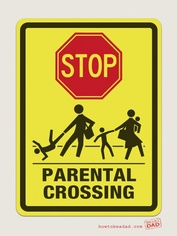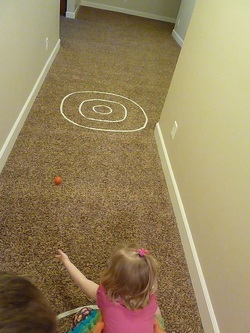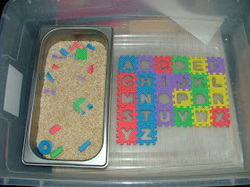
Lets begin with understanding what each one means. When your child is having a meltdown there is something out of their hands going on. A meltdown encompasses a physical, mental, or sensory element. Common causes of meltdowns include: hunger, lack of sleep, illness, sensory-overload, lack of energy-outlet. This is often avoidable and should not be reprimanded in the same manner as a tantrum.
A tantrum, on the other hand, is simply behavioral. It's a communication tool that your child is using to get a message across and should not be encouraged.
Here is a simple checklist you can use to help you differentiate which is occurring.
| MELTDOWN Are they looking for a reaction? NO Are they trying to communicate something? NO Are they in control of their behavior? NO Can the child calm down when distracted? NO Are they able to calm down after the situation is resolved? NO | TANTRUM Are they looking for a reaction? YES Are they trying to communicate something? YES Are they in control of their behavior? YES Can the child calm down when distracted? YES Are they able to calm down after the situation is resolved? YES |
Tantrums should be treated as behavioral reaction that your child has learned and can be changed. For some reason or another a child who has a tantrum has learned that using yelling, crying, hitting, fits, etc. will get them the things they want. The best way to remedy this is to teach the child that the opposite is true. Until they use appropriate communication skills (calm voice, no crying, verbal communication) they will not get what they are asking for. Remove your child from the situation, explain to the them that you understand they are upset and you will be happy to listen to them when they are ready to use calm words to explain what they want. And then you wait for them to do so. DO NOT give in. This is the most important step. The first times will be the hardest and longest, but it will be worth it in the long run. They must learn that only calm verbal communication will get them results.







 RSS Feed
RSS Feed
